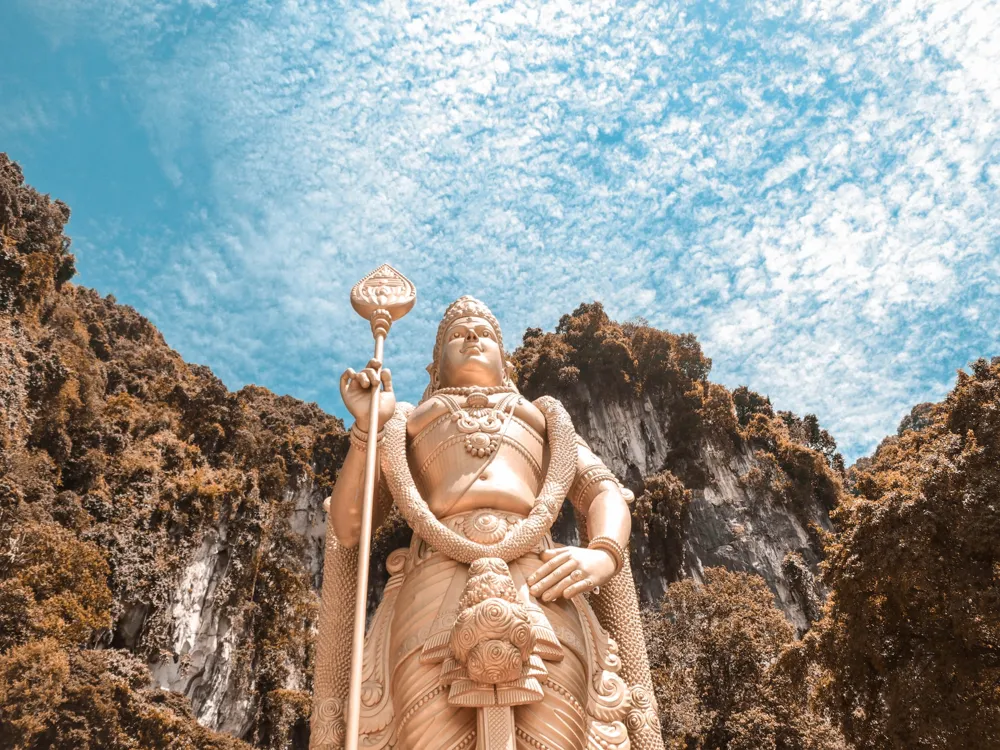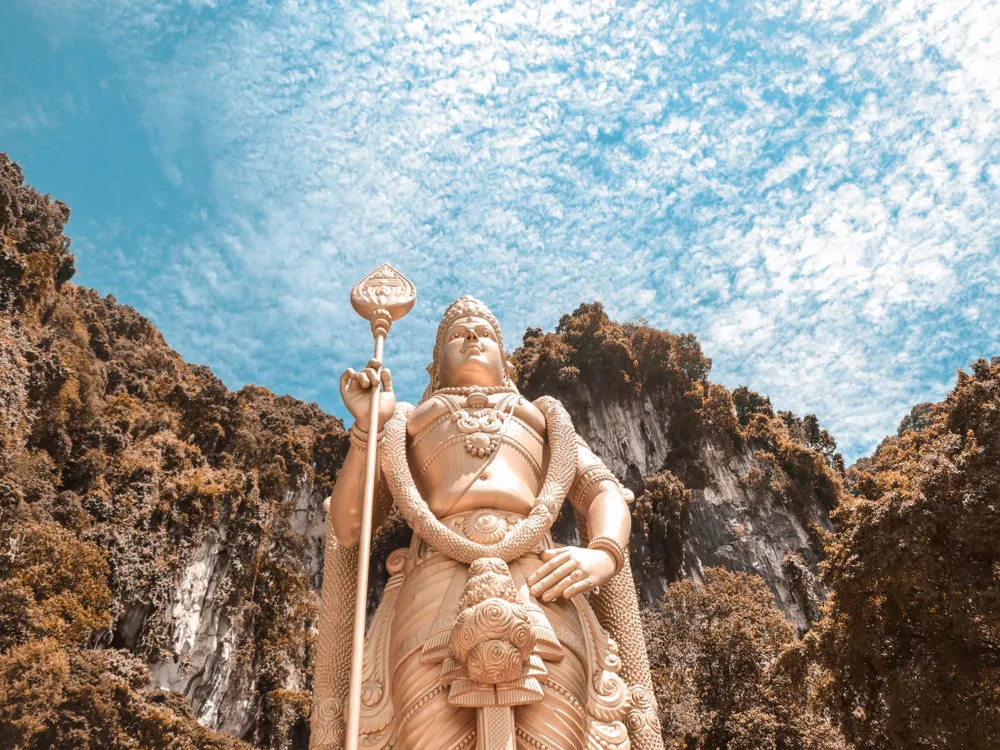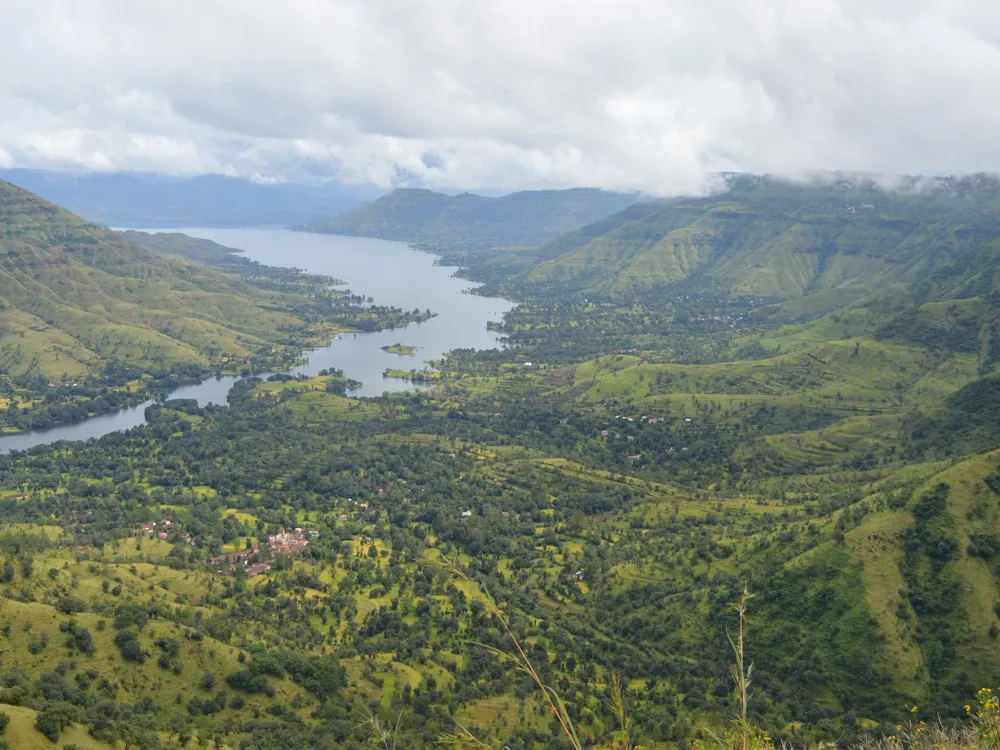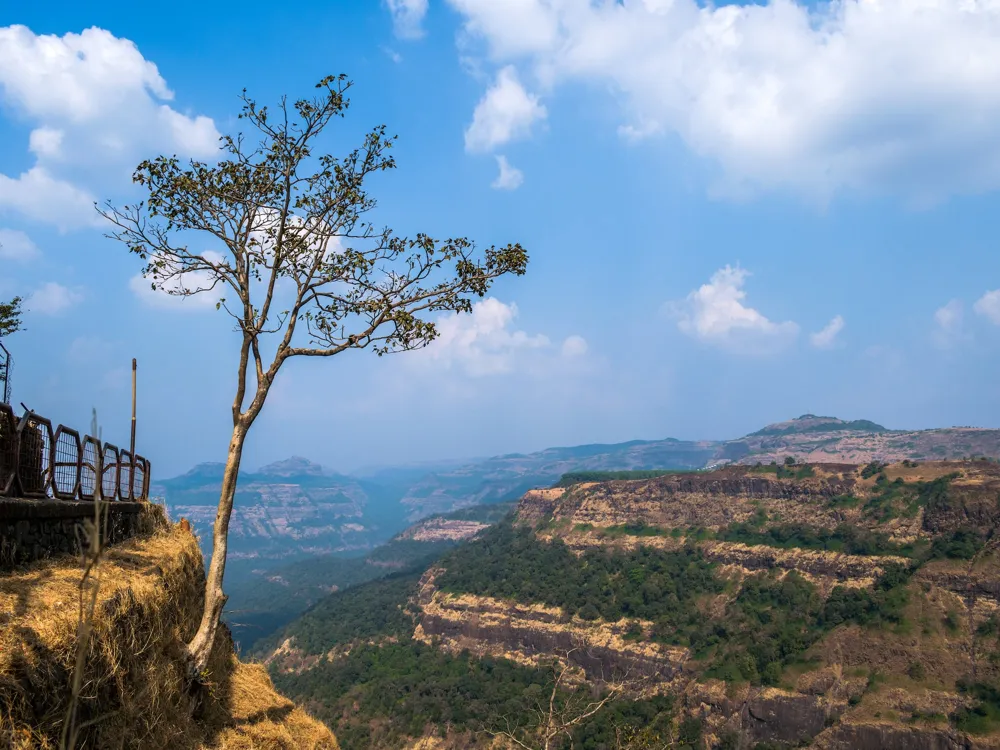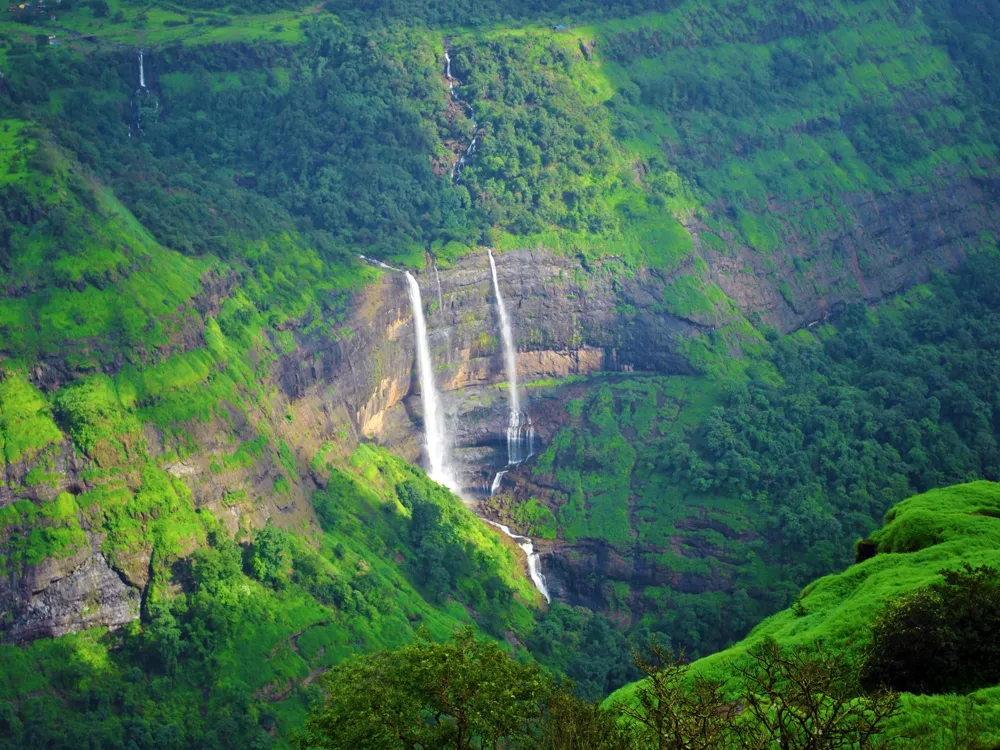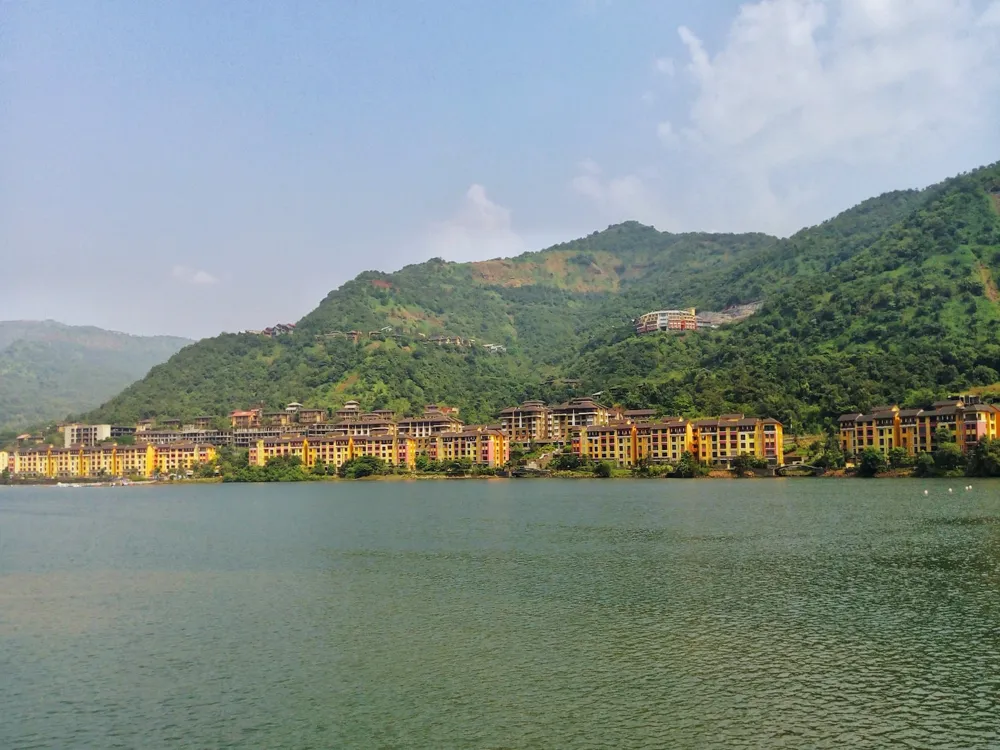Shinde Wadi hills, a spectacular destination nestled in the picturesque town of Kamshet, Maharashtra, are a treasure trove of natural beauty, cultural richness, and historical significance. Located just about 100 kilometers from the bustling city of Mumbai, these hills offer a serene escape to nature enthusiasts, adventure seekers, and cultural explorers alike. The hills are renowned for their scenic beauty, characterized by lush green landscapes and stunning views of the surrounding valleys. They are a part of the Western Ghats, which are recognized as a UNESCO World Heritage Site and one of the world’s eight hotspots of biological diversity. The region's rich flora and fauna add to its charm, making it an ideal spot for bird watching and nature walks. Historically, Shinde Wadi hills hold a significant place in the Maratha Empire. The hills were strategic locations during the Maratha rule, and the remnants of forts and ancient structures are a testament to the region's glorious past. These historic elements blend seamlessly with the natural surroundings, offering a unique combination of nature and history. The area's climate is another factor contributing to its allure. With moderate temperatures throughout the year, the hills provide a pleasant environment for various activities. The monsoon season, in particular, transforms the landscape into a green paradise, making it a popular time for tourists to visit. For adventure enthusiasts, Shinde Wadi hills are a haven. The hills are one of the most sought-after destinations for paragliding in India. The perfect wind conditions and breathtaking aerial views make it an unforgettable experience for both beginners and seasoned paragliders. Other adventure activities like trekking, camping, and rock climbing are also popular in this region. In essence, the Shinde Wadi hills of Kamshet are a blend of natural beauty, historical significance, and adventurous activities, making it a must-visit destination for anyone traveling to Maharashtra. The architecture of Shinde Wadi hills is an exquisite amalgamation of natural formations and historical constructions. The hills themselves are a marvel of nature, with their rugged terrain and verdant cover providing a majestic backdrop. The architectural heritage in this region is predominantly influenced by the Maratha Empire, which is evident in the remains of forts and other structures scattered across the landscape. One of the most prominent features of the architectural landscape in Shinde Wadi hills is the use of locally sourced materials. The ancient forts and structures were built using stones and mud from the surrounding areas, blending seamlessly with the natural environment. This use of local materials not only provided strength and durability to the structures but also added an element of sustainability to the construction practices of the time. The design of these structures was primarily functional, aimed at providing defense and security. The forts had strong walls, watchtowers, and hidden passages, all designed to protect against enemy attacks. Despite their functional nature, there was an inherent aesthetic appeal in the simplicity and symmetry of the designs. Inside the forts, one can find remnants of water cisterns, living quarters, and temples, which offer a glimpse into the lifestyle of the people who inhabited these structures. The temples, in particular, showcase intricate carvings and sculptures, reflecting the religious and cultural importance of the era. In addition to the historical structures, the architecture of Shinde Wadi hills is also characterized by the traditional homes of the local communities. These houses, typically made of mud and thatch, are a testament to the sustainable living practices of the local inhabitants, harmoniously coexisting with their environment. Overall, the architecture of Shinde Wadi hills is a fascinating mix of natural beauty and historical heritage, offering a window into the past while highlighting the importance of sustainable practices in harmony with nature. The ideal time to visit Shinde Wadi hills is between October and May. During these months, the weather is pleasant, making it suitable for outdoor activities like paragliding, trekking, and sightseeing. The monsoon season, from June to September, transforms the landscape into a lush green haven, but it’s advisable to be cautious due to slippery trails and heavy rainfall. When visiting Shinde Wadi hills, it's important to pack light and smart. Essential items include comfortable hiking shoes, a water bottle, sunscreen, a hat, and insect repellent. If you plan on paragliding or engaging in other adventure activities, ensure to carry appropriate gear and protective clothing. Respecting local customs and traditions is crucial. Dress modestly, especially when visiting religious sites. It’s also important to seek permission before taking photographs of local people or their homes. Always dispose of your waste responsibly and avoid littering to preserve the natural beauty of the hills. Safety should always be a priority. Stick to marked trails while trekking and avoid venturing into restricted areas. If paragliding, ensure that you do it with a certified instructor. Also, keep a first-aid kit handy for emergencies. Shinde Wadi hills are easily accessible from major cities like Mumbai and Pune. The nearest railway station is Kamshet, which is well-connected by train from Mumbai and Pune. From Kamshet, one can hire a taxi or take a local bus to reach the hills. For those preferring to drive, the hills are about a 2-hour drive from Mumbai and an hour’s drive from Pune. The roads are well-maintained, making it a scenic and enjoyable drive. Read More:Overview of Shinde Wadi Hills, Kamshet, Maharashtra
Architecture of Shinde Wadi Hills
Tips When Visiting Shinde Wadi Hills
Best Time to Visit
Packing Essentials
Local Etiquette and Customs
Safety Tips
How To Reach Shinde Wadi Hills
Shinde Wadi hills
Kamshet
Maharashtra Goa
NaN onwards
View kamshet Packages
Kamshet Travel Packages
View All Packages For Kamshet
Top Hotel Collections for Kamshet

Private Pool

Luxury Hotels

5-Star Hotels

Pet Friendly
Top Hotels Near Kamshet
Other Top Ranking Places In Kamshet
View All Places To Visit In kamshet
View kamshet Packages
Kamshet Travel Packages
View All Packages For Kamshet
Top Hotel Collections for Kamshet

Private Pool

Luxury Hotels

5-Star Hotels

Pet Friendly







